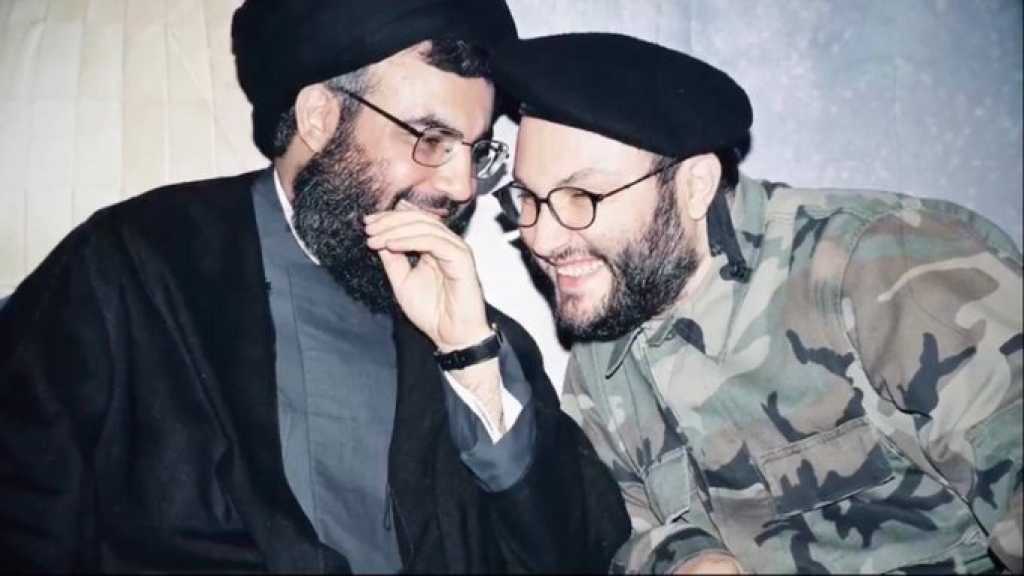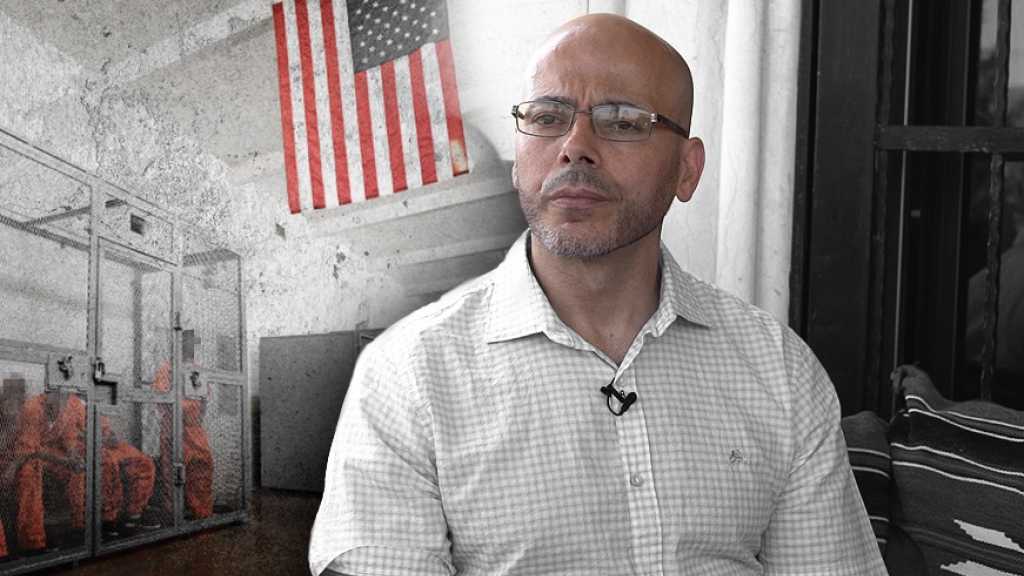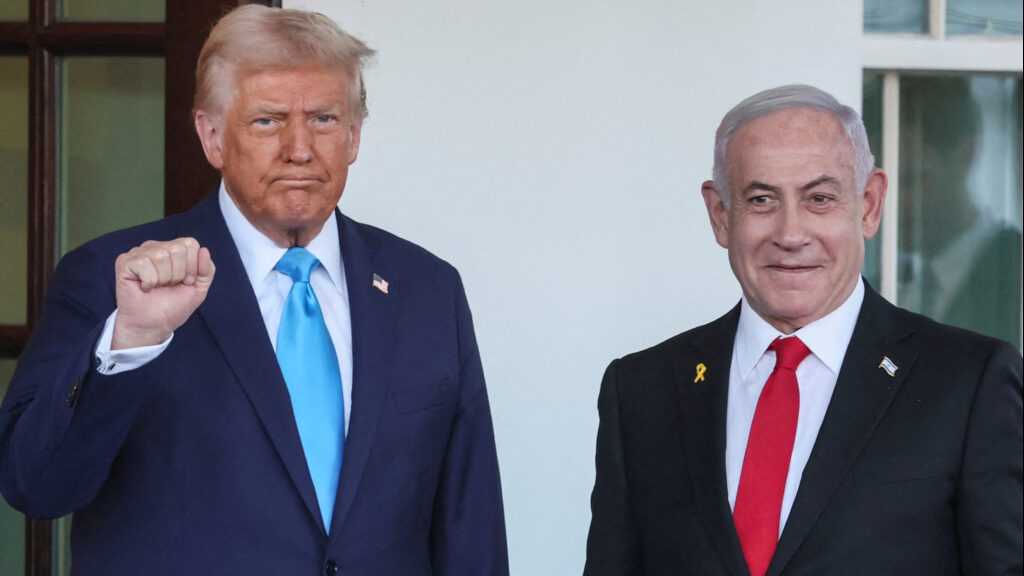
Imad Mughniyeh: The Shadow Warrior and His Legacy

By Mohamad Hammoud
Imad Mughniyeh, a name that evokes intrigue and complexity, remains one of the most enigmatic and formidable figures in modern asymmetrical warfare. Known for his extraordinary intelligence, discipline, and strategic brilliance, he dedicated his life to a cause he deeply believed in: resistance against “Israeli” occupation and Western imperialism. As Hezbollah's military commander until his assassination in 2008, Mughniyeh was revered by his allies and feared by his enemies. A master of covert operations, psychological warfare, and strategic planning, he even earned grudging respect from Western intelligence agencies. Former CIA officer Robert Baer described him as one of the most intelligent and capable operatives of his time.
A Life in the Shadows
Born in 1962 in the southern Lebanese town of Tayr Dibba, Mughniyeh grew up witnessing the devastation caused by the “Israeli” aggression. The chaos and atrocities of the time transformed him into a militant. In his early years, he became involved in the Palestinian cause, and when “Israel” invaded Lebanon in 1982, he joined the newly-formed Hezbollah. His natural leadership and ingenuity quickly set him apart, and he played a pivotal role in building Hezbollah’s military capabilities, drawing on his expertise in guerrilla warfare and asymmetrical tactics.
Mughniyeh’s preference for working in secrecy was one of his greatest strengths. Unlike many militant leaders who sought public recognition, he operated entirely from the shadows, orchestrating sophisticated operations while remaining elusive. His ability to evade capture for decades frustrated intelligence agencies like the CIA and Mossad, both of which dedicated significant resources to tracking him. This secrecy earned him the nickname "The Ghost of Lebanon," cementing his reputation as a master of covert warfare.
Mastermind of Asymmetrical Warfare
Mughniyeh’s ability to strike swiftly and vanish left his adversaries in awe. He avoided personal glory, focusing instead on behind-the-scenes planning that reshaped the balance of power in the region. Beyond the battlefield, he was instrumental in organizing Hezbollah’s military structure, training fighters, and devising innovative tactics that allowed a relatively small group to stand against much larger adversaries.
What distinguished Mughniyeh was not only his tactical brilliance but also his ability to inspire deep loyalty among those who worked with him. Respected for his humility, dedication, and unwavering focus on the cause, he lived a life of constant movement and secrecy, fully aware that he was a target for some of the world’s most powerful intelligence agencies. Despite immense risks, he remained steadfast, driven by a sense of duty to his people and his beliefs.
While critics labeled him a terrorist for attacks such as the 1983 US embassy bombing in Beirut, many in the Arab world viewed him as a national hero who stood up against foreign intervention and fought for Lebanese sovereignty.
Robert Baer’s Assessment of Mughniyeh
Former CIA officer Robert Baer offered a rare and insightful perspective on Mughniyeh. In his book "See No Evil," Baer described him as "a planner of extraordinary skill" and "one of the most talented terrorist minds of his generation." Baer’s respect for Mughniyeh’s capabilities stemmed from his ability to consistently outmaneuver his adversaries, elevating asymmetrical warfare to an art form.
One of the most striking incidents Baer recounted was Mughniyeh’s remarkable elusiveness. In the mid-1990s, after a series of devastating attacks, Mughniyeh was tracked to Paris. Believing they had him cornered, the CIA and Mossad launched a joint operation to capture him. Yet, just as they were closing in, Mughniyeh disappeared without a trace. Baer described this incident with a mix of awe and frustration, underscoring Mughniyeh’s unmatched skill in evading some of the most sophisticated intelligence networks in the world.
Baer’s admiration for Mughniyeh's brilliance was clear, even though they stood on opposing sides of the ideological divide. In a trial testimony in the US, Baer even expressed regret that he had not met Mughniyeh in person, saying he wished he could have shaken his hand before Mughniyeh’s assassination.
The Assassination and Its Aftermath
On February 12, 2008, Mughniyeh was assassinated in Damascus by a car bomb, an operation widely attributed to Mossad, reportedly with CIA assistance. His death was considered a major blow to Hezbollah, as his strategic mind and leadership were irreplaceable. However, the organization he helped build continued to thrive, proving that his legacy was deeply ingrained in Hezbollah’s structure and philosophy.
The meticulous planning required to eliminate Mughniyeh underscored the threat he posed to his enemies. His ability to evade capture for decades—even as one of the world’s most wanted men—furthered his reputation as a master of covert warfare.
A Legacy of Dedication
Imad Mughniyeh’s life was one of unwavering dedication to his cause. He lived and died in service to what he believed was the defense of his people and homeland. Though his methods and legacy remain deeply polarizing, his influence on the geopolitics of the Middle East is undeniable. Whether seen as a hero or an adversary, Mughniyeh was one of the most formidable figures of his era. His name endures as a symbol of resistance, strategy, and the power of operating in the shadows.
Comments



